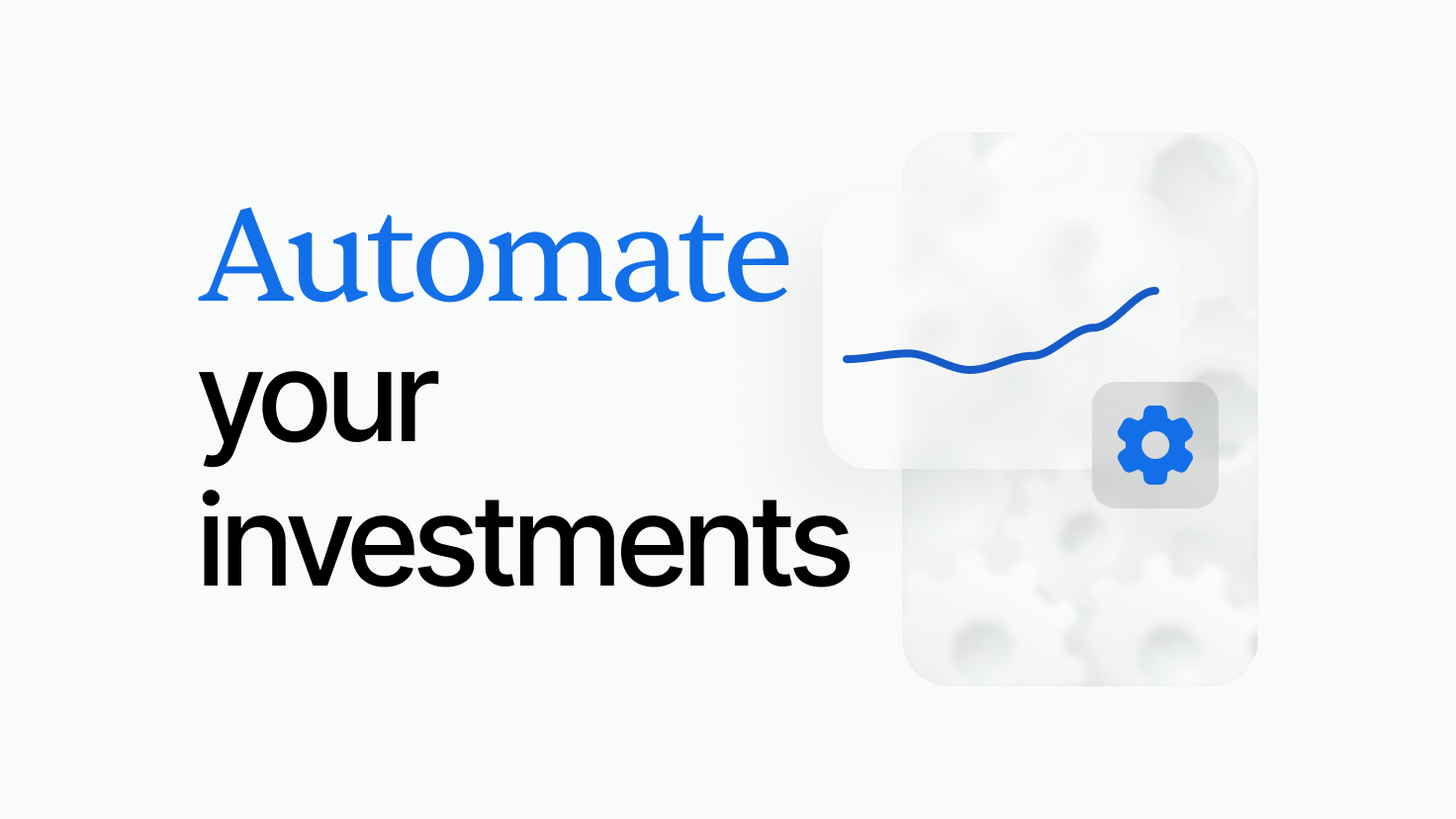At its heart, automated investing is about employing technology to take on the task of managing your investment portfolio. It’s a method where algorithms and software are used to execute trades and manage assets based on predefined criteria such as your risk tolerance, investment goals, and time horizon. This technology-driven approach assesses market conditions, executes buy and sell orders, and rebalances your portfolio to maintain its alignment with your financial goals, all without the need for daily input.
This form of investing is often associated with robo-advisors—digital platforms that provide automated, algorithm-driven financial planning services with minimal human supervision. The beauty of automated investing lies in its ability to make informed, timely decisions, leveraging vast amounts of data to navigate the complexities of the market. It democratizes financial management, offering sophisticated investment strategies that were once only accessible to high-net-worth individuals or institutional investors.
Here’s a closer look at how it works:
- Initial setup: Investors start by completing a detailed questionnaire that gauges their investment objectives, risk tolerance, and financial situation. This crucial step ensures that the automated system has all the necessary information to create a tailored investment strategy.
- Strategy formulation: Using the information gathered, the automated investing platform, usually through a robo-advisor, constructs a personalized investment strategy. It selects a mix of asset classes and investments that align with the investor’s goals and risk profile.
- Automatic execution: Once the strategy is set, the platform automatically executes trades to build the portfolio. It uses algorithms to buy and sell assets in a way that matches the predetermined investment strategy, taking into account the current market conditions.
- Ongoing management and rebalancing: Automated investing doesn’t stop at portfolio creation. The system continuously monitors the portfolio, making adjustments and rebalancing as needed to maintain the target asset allocation.
- Tax optimization: Some automated investing platforms include features like tax-loss harvesting, which are strategies designed to minimize taxes on investment gains or income.
- Regulatory compliance and security: Automated investment platforms adhere to regulatory standards, ensuring that all investment decisions are made with the investor’s best interests in mind. They also employ robust security measures to protect investors’ financial and personal information.
By leveraging technology, automated investing simplifies the investment process, making it more accessible and less intimidating for investors. It brings a level of discipline and precision to portfolio management that can be difficult to achieve through manual investing, allowing investors to benefit from a hands-off approach while still working towards their financial goals.

